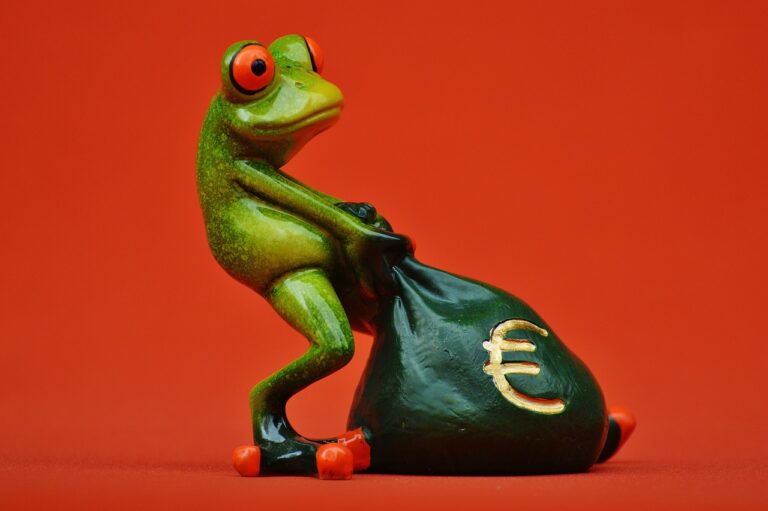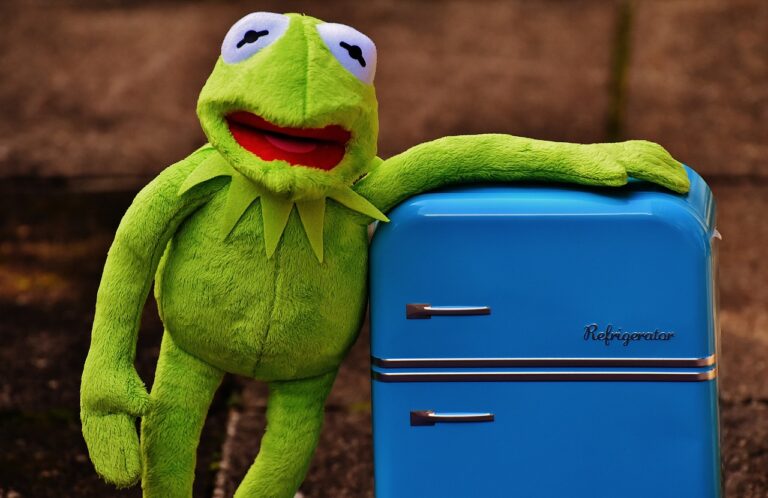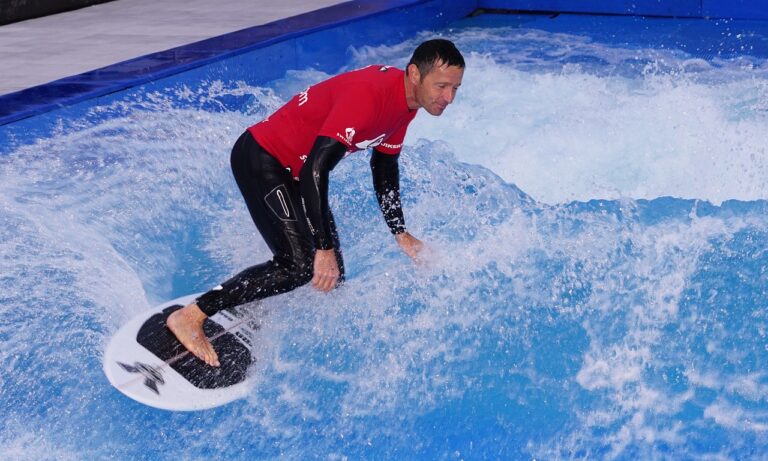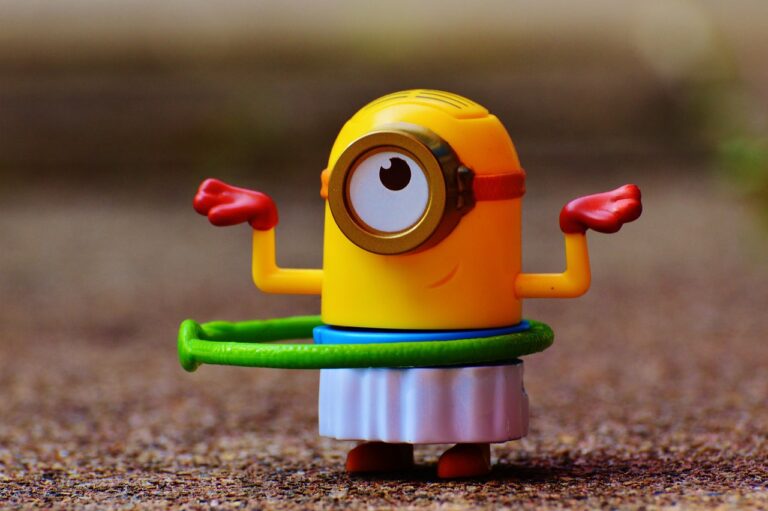Diversity in Animation: Representation in Cartoons and Beyond
Animation has long been a powerful medium for storytelling, captivating audiences of all ages. Throughout history, animated characters have been used to represent a variety of identities and cultures. From the early days of animation with characters like Betty Boop and Mickey Mouse, to more recent films such as Moana and Coco, the portrayal of diverse characters has evolved significantly over time.
In the past, many animated characters were predominantly white, perpetuating stereotypes and limiting representation for marginalized groups. However, as societal norms have shifted and awareness of diversity and inclusion has grown, animation studios have made strides in representing a more accurate reflection of the world we live in. Today, audiences are increasingly drawn to animated films and shows that feature characters from a wide range of backgrounds and experiences, showcasing the importance of representation in shaping our understanding of different cultures and perspectives.
The Impact of Diverse Characters on Audiences
Audiences are increasingly seeking representation that mirrors the diverse world we live in. By including characters from various backgrounds, animation has the power to resonate with viewers on a deeper level. When people see themselves reflected on screen, it fosters a sense of inclusivity and validates their experiences.
Furthermore, diverse characters in animation can challenge stereotypes and break down societal barriers. By portraying individuals from different cultures, races, and identities authentically, cartoons have the ability to educate audiences and promote empathy. This representation not only enriches storytelling but also broadens viewers’ perspectives, encouraging a more open and accepting society.
The Importance of Authentic Storytelling in Cartoons
Authentic storytelling in cartoons plays a vital role in captivating audiences of all ages. It allows viewers to connect with the characters and narratives on a deeper level, fostering a sense of empathy and emotional investment. By infusing authenticity into the stories being told, animators are able to create a richer, more meaningful viewing experience.
Furthermore, authentic storytelling in cartoons helps break stereotypes and amplify representation. When creators prioritize genuine storytelling, they have the opportunity to portray diverse characters in a way that goes beyond clichés and misconceptions. This can lead to greater inclusivity and acceptance among viewers, as they see themselves reflected in a more authentic light on screen.
Why is representation important in animation?
Representation in animation is important because it allows audiences to see themselves reflected in the characters they watch on screen, creating a sense of inclusion and diversity in storytelling.
How do diverse characters impact audiences?
Diverse characters in cartoons can help to challenge stereotypes, promote empathy, and encourage acceptance of different cultures and backgrounds among viewers.
What is authentic storytelling in cartoons?
Authentic storytelling in cartoons involves creating narratives that are genuine, relatable, and true to the experiences of different communities and individuals, ensuring that the stories being told are respectful and accurate.







